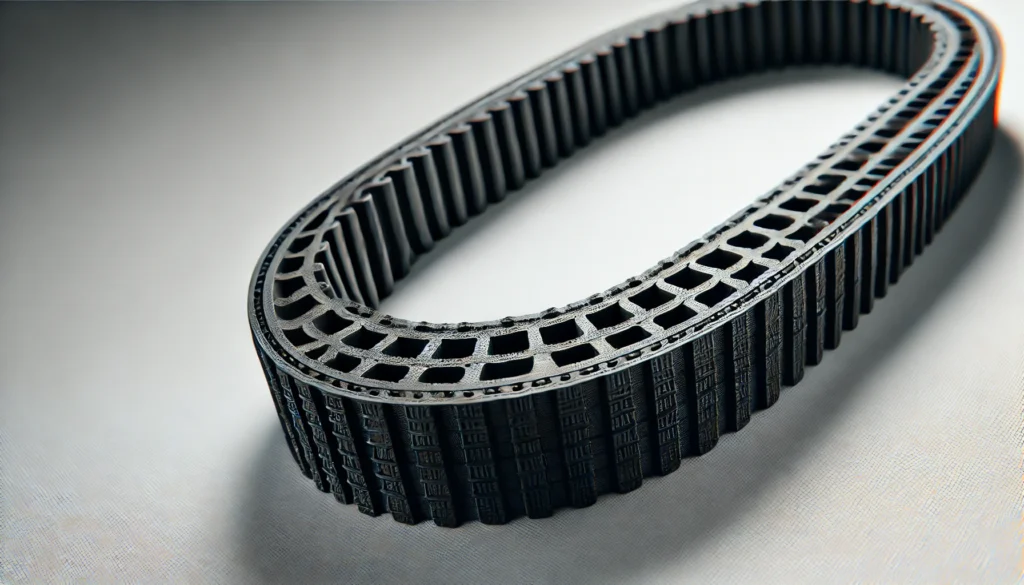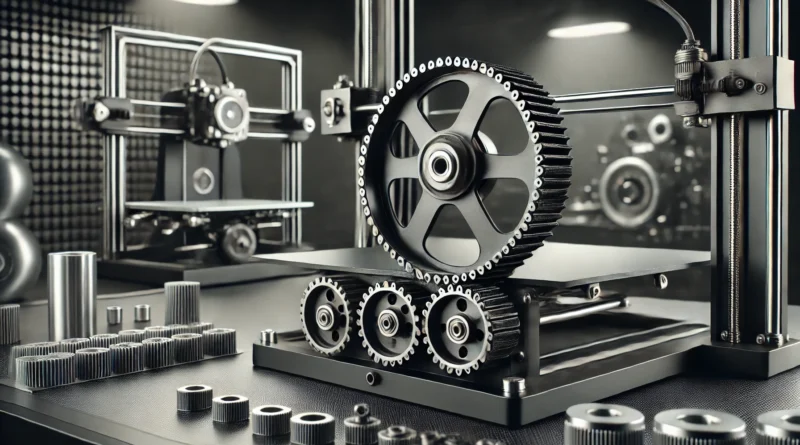The Ultimate Guide to X-Axis Timing Belt LL-2GT 43022 SC 12023 293
Introduction
The X-axis timing belt LL-2GT 43022 SC 12023 293 is a pivotal component in precision-driven machinery such as CNC machines, 3D printers, and robotics. This guide provides a comprehensive overview, ensuring you understand its features, benefits, and applications. Whether you’re an engineer, hobbyist, or technician, this resource will help you make informed decisions about purchasing, installing, and maintaining this timing belt.
What is an X-Axis Timing Belt?
An X-axis timing belt is a mechanical device designed to transfer motion synchronously along the X-axis of a machine. It ensures precise movement by eliminating slippage, making it indispensable for applications requiring high accuracy.
Key Components of a Timing Belt
- Material: Usually made of neoprene or polyurethane for flexibility and durability.
- Reinforcements: Fiberglass or steel cords enhance tensile strength.
- Teeth Design: Provides grip and synchronization, crucial for precision motion.
Technical Specifications of LL-2GT 43022 SC 12023 293
Here are the detailed specifications of the X-axis timing belt LL-2GT 43022 SC 12023 293:
| Specification | Details |
| Belt Type | LL-2GT |
| Length | 43022 mm |
| Material | Neoprene with fiberglass core |
| Pitch | 2 mm |
| Width | 6 mm |
| Application | X-axis motion systems |
These specifications make it an ideal choice for machinery requiring high precision and reliability.
Unique Features and Benefits
1. Precision and Accuracy
The belt’s 2 mm pitch ensures synchronized motion, reducing errors in applications like 3D printing and CNC machining.
2. Durability
Constructed from high-quality neoprene with reinforced fiberglass, this belt is resistant to wear and tear, ensuring longevity.
3. Versatility
Compatible with various industrial and hobbyist machinery, it’s a versatile component for numerous applications.
Applications of LL-2GT 43022 SC 12023 293
This timing belt excels in:
- CNC Machines: Ensures smooth and precise cutting or engraving.
- 3D Printers: Provides accurate layer-by-layer deposition for flawless prints.
- Robotics: Enables synchronized motion in robotic arms or automated systems.
- Automated Conveyor Systems: Ideal for high-speed, precision material handling.
Installation and Maintenance Guide
Installing the Timing Belt
- Align the belt with the pulley grooves on your machine’s X-axis.
- Adjust tension to eliminate slack while ensuring smooth motion.
- Secure the belt to prevent displacement during operation.
Maintenance Tips
- Regular Cleaning: Remove dust and debris to prevent wear.
- Inspect for Wear: Check for fraying or cracks periodically.
- Lubrication: Use manufacturer-recommended lubricants for pulleys.
By following these practices, you can extend the lifespan of your timing belt and maintain optimal machine performance.
Troubleshooting Common Issues
- Slippage: Check for proper tension or replace worn-out teeth.
- Noisy Operation: Clean debris and lubricate pulleys.
- Uneven Motion: Realign the belt and inspect for damages.
Comparing LL-2GT 43022 SC 12023 293 with Competitors
| Feature | LL-2GT 43022 SC 12023 293 | Competitors |
| Durability | High | Medium |
| Precision | Excellent | Good |
| Material Quality | Premium | Standard |
| Price-to-Performance | Excellent | Moderate |
This timing belt consistently outperforms competitors in durability and precision, making it a reliable choice.
How to Choose the Right Timing Belt
When selecting a timing belt, consider:
- Machine Type: Ensure compatibility with your specific equipment.
- Load Capacity: Choose a belt that can handle your operational load.
- Environmental Conditions: Opt for materials resistant to moisture or extreme temperatures if needed.
The LL-2GT 43022 SC 12023 293 meets these criteria for most industrial applications.
Where to Buy LL-2GT 43022 SC 12023 293
You can purchase this timing belt from:
- Authorized Distributors: Verify authenticity and quality.
- Online Retailers: Trusted platforms such as Amazon or specialized industrial suppliers.
- Local Suppliers: Contact regional distributors in your area for faster availability.
FAQs
1. How do I measure my current timing belt to ensure compatibility with the LL-2GT 43022 SC 12023 293?
To measure your existing timing belt, note the following parameters:
- Length: Measure the full loop of the belt.
- Width: Use a caliper to measure the width of the belt.
- Pitch: Count the number of teeth within a specific length (e.g., 10 mm) and divide to get the pitch.
Match these measurements with the LL-2GT specifications to ensure compatibility.
2. What is the proper tension for installing the LL-2GT 43022 SC 12023 293 timing belt?
Proper tension depends on your machine’s requirements, but a general rule is to have enough tension to prevent slippage without over-tightening, which can cause wear. Use a tension gauge or follow the manufacturer\u2019s recommendation for your equipment.
3. What are the signs of incorrect installation of a timing belt?
Signs include:
- Unusual noise during operation.
- Uneven or jerky motion along the X-axis.
- Excessive wear on the teeth or edges of the belt.
- Frequent slipping or detachment from the pulley.
4. Can the LL-2GT 43022 SC 12023 293 be used for Y-axis or Z-axis applications?
While this belt is optimized for X-axis motion, it can also be used on Y-axis or Z-axis applications in some machines, provided the dimensions and load capacities match the machine’s specifications.
5. Are there alternatives to timing belts for X-axis motion, and how do they compare?
Alternatives include:
- Leadscrews: Offer high precision but are slower.
- Rack and pinion systems: Suitable for heavy-duty applications but can be bulkier.
- Linear motors: Provide direct drive motion but are more expensive.
Timing belts like the LL-2GT 43022 SC 12023 293 strike a balance between affordability, precision, and versatility.
Conclusion
The X-axis timing belt LL-2GT 43022 SC 12023 293 is a reliable and versatile component for precision-driven machinery. Its high-quality materials, precise design, and ease of use make it a preferred choice for various applications. By following this guide, you can ensure proper selection, installation, and maintenance, maximizing the performance and lifespan of your equipment.
Recommended Articles:
- The Comprehensive Guide to Dr. Tera Raj in Union, NJ
- Room Type SK1B Meaning in OPERA Software
- The Ultimate Guide modern luxury magazine weddings aspen june 2016
- The Ultimate Guide to Antarvwsna: A Comprehensive Exploration
- Alvin Fnaffnaf Gray: The Ultimate Guide to a Unique FNAF Fan Creation

